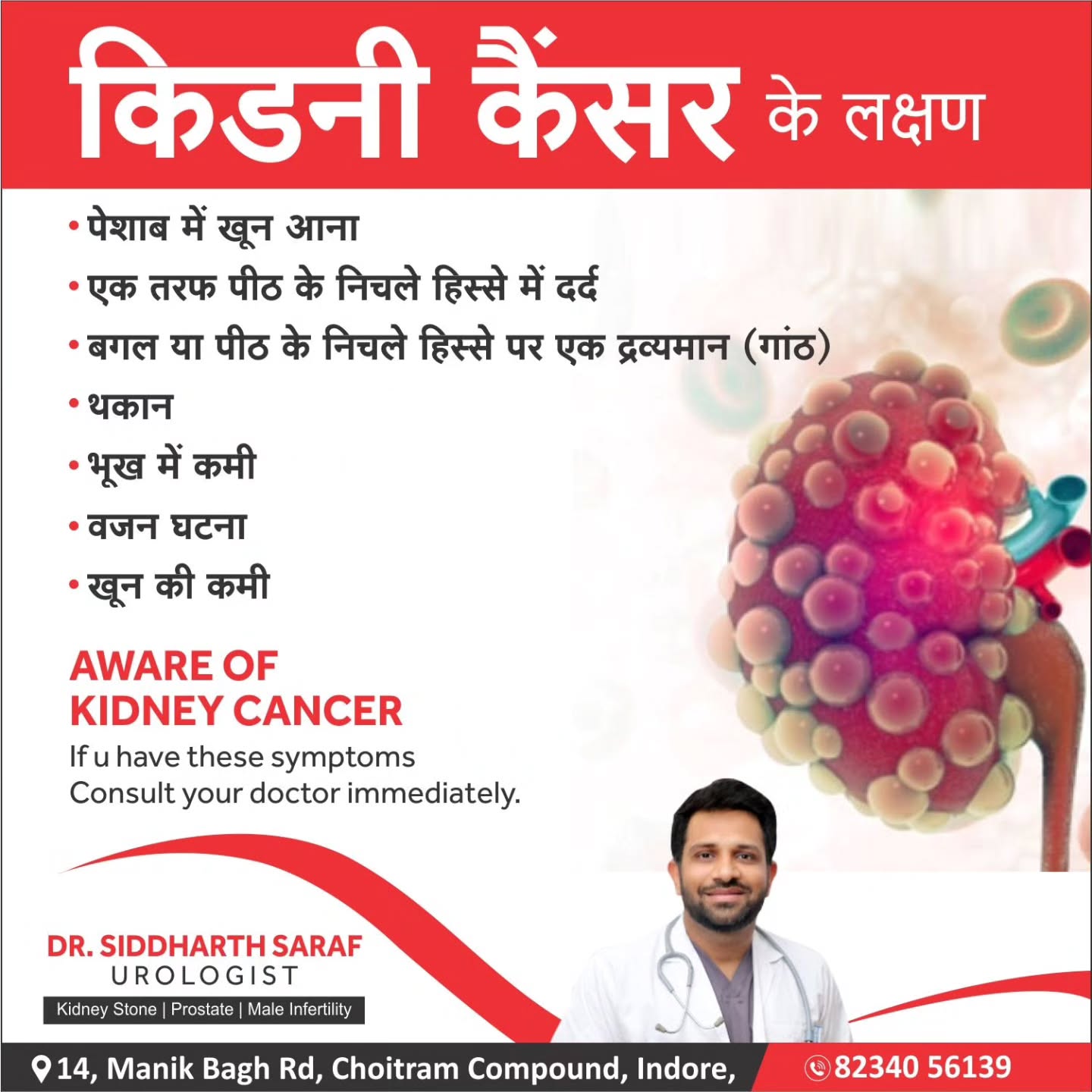Gallbladder Stone Removal: Causes, Symptoms, Treatment & Prevention

Gallbladder stones, also known as gallstones, are a prevalent health concern that affects millions globally. These solid deposits form in the gallbladder due to an imbalance in bile components, leading to digestive distress and severe pain. If untreated, gallstones can cause serious complications, including gallbladder infection or bile duct blockage. In this comprehensive guide, we’ll explore the causes, symptoms, and best treatment options for gallbladder stone removal with insights from Dr. Siddharth Saraf, Urologist in Indore.
What Are Gallstones?
Gallstones are crystallized deposits that form in the gallbladder, a small organ responsible for storing bile. These stones vary in size, ranging from tiny grains to larger formations, and can lead to gallbladder inflammation, commonly referred to as cholecystitis.
Top Causes of Gallstones
- Excess cholesterol in bile: When bile contains too much cholesterol, it solidifies into stones.
- High bilirubin levels: Conditions such as liver disease, blood disorders, or infections can lead to excessive bilirubin production.
- Poor gallbladder emptying: If the gallbladder does not empty completely, bile may become overly concentrated.
- Dietary factors: A high-fat, low-fiber diet increases the risk.
- Genetic predisposition: A family history of gallstones heightens susceptibility.
- Obesity and rapid weight loss: Both conditions can disrupt normal bile balance.
Common Symptoms of Gallstones
- Persistent or sharp pain in the upper right abdomen (gallbladder attack)
- Nausea and vomiting
- Indigestion, bloating, and gas
- Fever and chills, especially if an infection is present
- Jaundice (yellowing of the skin and eyes), indicating a bile duct obstruction
Best Gallbladder Stone Removal & Treatment Options
1. Medications for Gallstone Dissolution
Prescription medications like ursodeoxycholic acid (UDCA) can gradually dissolve cholesterol-based gallstones.
2. Non-Surgical Gallstone Removal Procedures
- Shock Wave Therapy (Lithotripsy): Uses high-energy sound waves to break gallstones into smaller pieces.
- ERCP (Endoscopic Retrograde Cholangiopancreatography): A minimally invasive technique used to remove bile duct stones.
3. Surgical Gallbladder Removal (Cholecystectomy)
- Laparoscopic Cholecystectomy: A minimally invasive gallbladder removal surgery with a faster recovery.
- Open Cholecystectomy: A more invasive approach used for complicated cases.
Expert Opinion by Dr. Siddharth Saraf, Urologist in Indore
According to Dr. Siddharth Saraf, gallstones are best managed with early diagnosis and proper intervention. “Patients experiencing recurring gallbladder pain should consult a specialist to determine the best treatment approach,” says Dr. Saraf.
Life After Gallbladder Removal: Dietary and Lifestyle Adjustments
- Eat smaller, more frequent meals.
- Avoid fatty, fried, and greasy foods.
- Increase fiber intake to support digestive health.
- Stay hydrated and maintain a healthy weight.
How to Prevent Gallstones Naturally
- Follow a fiber-rich, low-fat diet.
- Maintain a healthy weight through gradual weight loss.
- Stay hydrated to support optimal bile production.
- Engage in regular physical activity.
Conclusion
Gallbladder stone removal is essential for individuals experiencing severe symptoms. If you suspect gallstones, seek medical advice for a timely diagnosis and treatment. Dr. Siddharth Saraf, Urologist in Indore, offers specialized gallbladder stone treatment and surgical options.
For more insights on gallstone treatment, prevention, and post-surgery care, stay updated with the latest health blogs!

